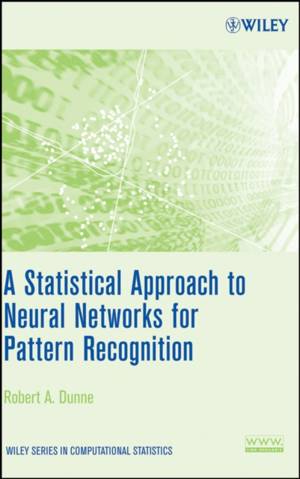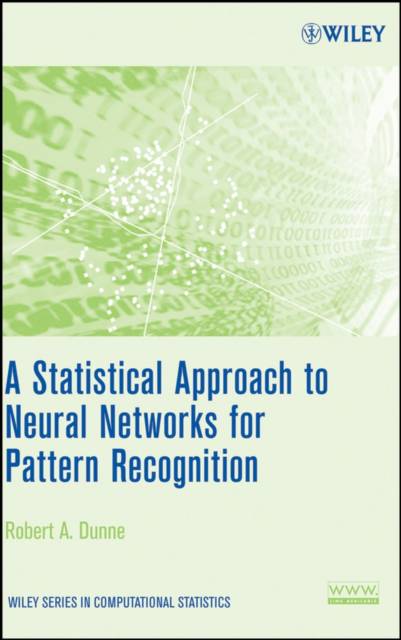
- Retrait gratuit dans votre magasin Club
- 7.000.000 titres dans notre catalogue
- Payer en toute sécurité
- Toujours un magasin près de chez vous
- Retrait gratuit dans votre magasin Club
- 7.000.0000 titres dans notre catalogue
- Payer en toute sécurité
- Toujours un magasin près de chez vous
A Statistical Approach to Neural Networks for Pattern Recognition
Robert A DunneDescription
A Statistical Approach to Neural Networks for Pattern Recognition presents a statistical treatment of the Multilayer Perceptron (MLP), which is the most widely used of the neural network models. This book aims to answer questions that arise when statisticians are first confronted with this type of model, such as:
How robust is the model to outliers?
Could the model be made more robust?
Which points will have a high leverage?
What are good starting values for the fitting algorithm?
Thorough answers to these questions and many more are included, as well as worked examples and selected problems for the reader. Discussions on the use of MLP models with spatial and spectral data are also included. Further treatment of highly important principal aspects of the MLP are provided, such as the robustness of the model in the event of outlying or atypical data; the influence and sensitivity curves of the MLP; why the MLP is a fairly robust model; and modifications to make the MLP more robust. The author also provides clarification of several misconceptions that are prevalent in existing neural network literature.
Throughout the book, the MLP model is extended in several directions to show that a statistical modeling approach can make valuable contributions, and further exploration for fitting MLP models is made possible via the R and S-PLUS(R) codes that are available on the book's related Web site. A Statistical Approach to Neural Networks for Pattern Recognition successfully connects logistic regression and linear discriminant analysis, thus making it a critical reference and self-study guide for students and professionals alike in the fields of mathematics, statistics, computer science, and electrical engineering.
Spécifications
Parties prenantes
- Auteur(s) :
- Editeur:
Contenu
- Nombre de pages :
- 288
- Langue:
- Anglais
- Collection :
Caractéristiques
- EAN:
- 9780471741084
- Date de parution :
- 16-07-07
- Format:
- Livre relié
- Format numérique:
- Genaaid
- Dimensions :
- 162 mm x 236 mm
- Poids :
- 535 g

Les avis
Nous publions uniquement les avis qui respectent les conditions requises. Consultez nos conditions pour les avis.






